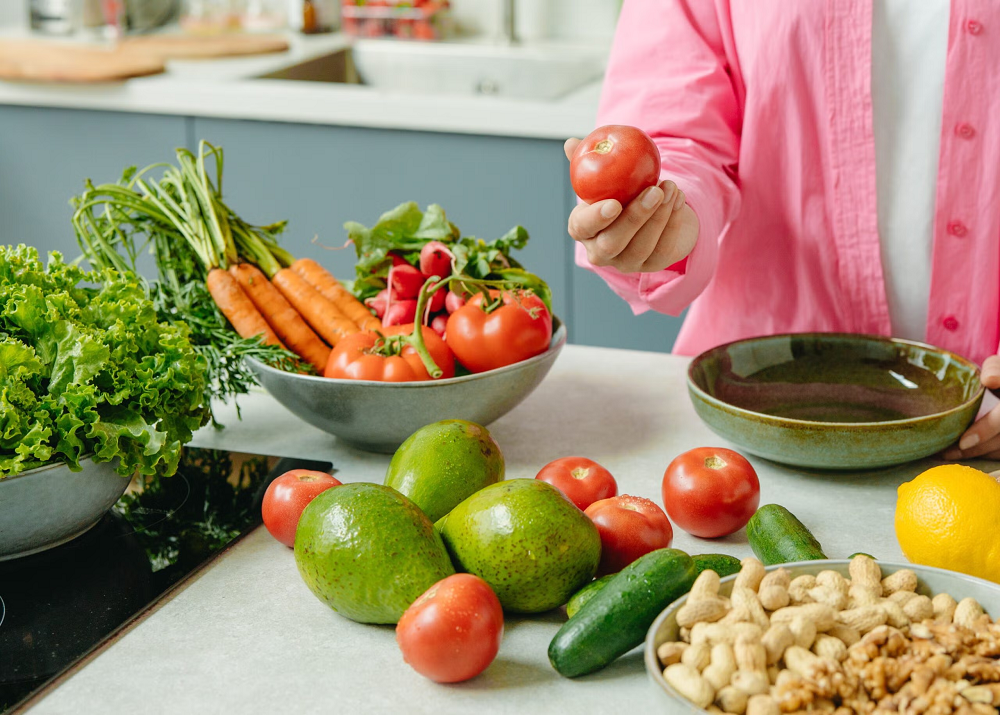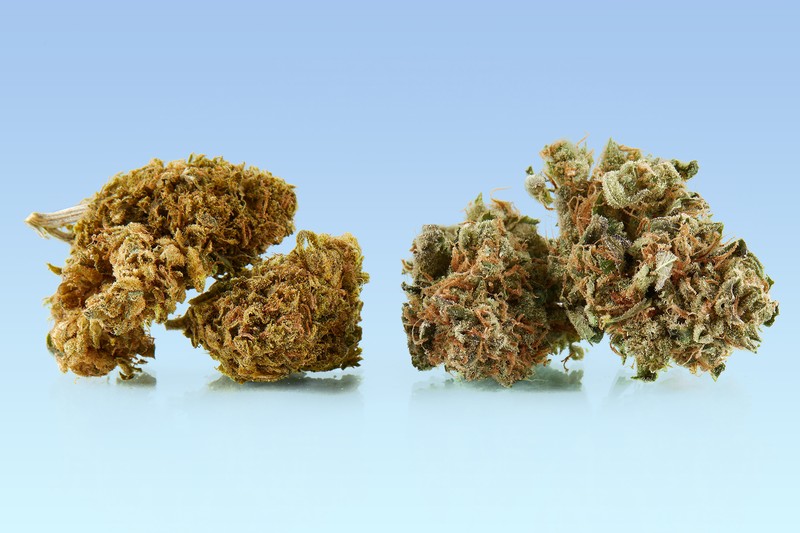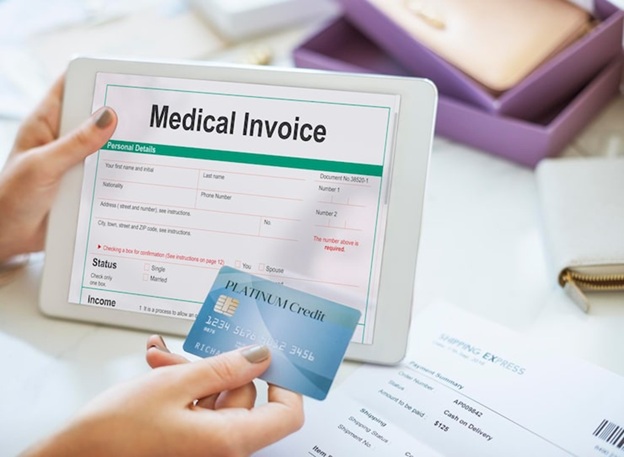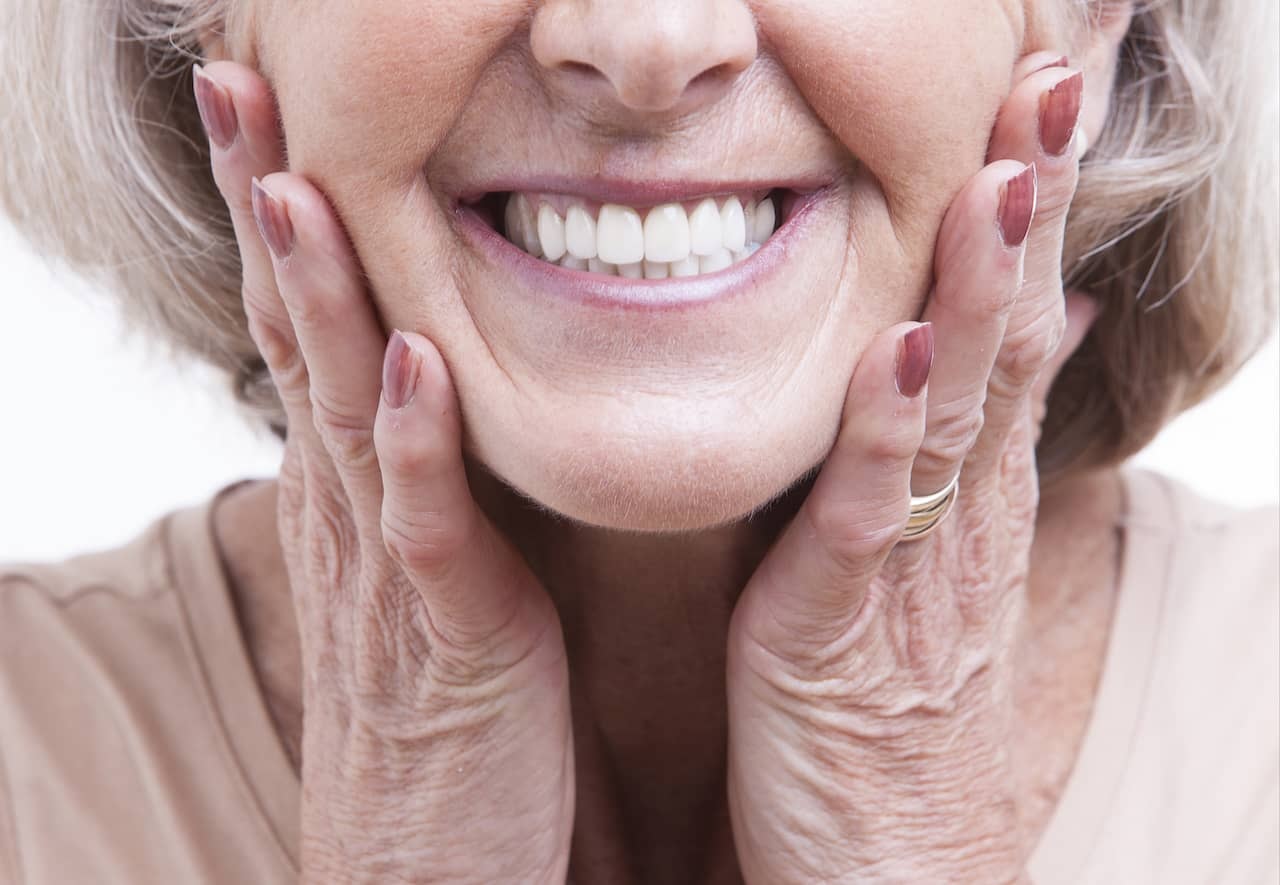Most people don’t overeat because they don’t know vegetables are healthy. The real problem is that nutrition advice often stays abstract—grams, calories, serving sizes—while real life is full of plates, snacks, and rushed meals. That’s where pictures come in.
A growing body of research shows that visual tools—food photos, plate models, and image-based tracking—can make nutrition advice easier to understand, remember, and actually use in daily life. (PubMed) For a site like nutritionpix.com, which sits at the intersection of food and imagery, this opens up a powerful opportunity: helping people “see” their diet more clearly so they can change it more confidently.
Why Pictures Work Better Than Numbers for Many People
Nutrition science has long relied on numbers: calories, grams, percentages. But most of us think in images and patterns, not spreadsheets. Visual tools take advantage of that:
- They simplify complex ideas. A single image of a balanced plate can instantly communicate proportions of vegetables, proteins, and grains without a long explanation. Plate models and similar graphics have been shown to improve understanding of healthy meal composition, especially when adapted to local foods. (MDPI)
- They help low-literacy audiences. Reviews of visual aids in health education suggest that pictures and simple graphic models can be especially helpful for people with limited reading skills, making key messages more accessible. (ScienceDirect)
- They make education more engaging. Studies in children’s nutrition education have found that nutrition-themed visual art and pictorial activities significantly increase kids’ nutrition knowledge compared with text-heavy approaches alone. (Gavin Publishers)
In other words, when you show people what “healthy” looks like on a plate, in a lunchbox, or at a snack time, you remove a lot of guesswork that pure numbers can’t fix.
Food Photos as a Nutrition Mirror
One of the biggest breakthroughs in recent years is the shift from written food logs to photo food journals. Instead of writing “1 sandwich, chips, soda,” people snap a quick photo of their meal.
Early research is promising:
- A study of smartphone-based food-photo logging found that using a photo feature to track meals supported meaningful weight loss in free-living settings. (PMC)
- Nutrition professionals report that photo journals give a much clearer sense of clients’ true portion sizes, patterns, and preferences than text logs alone. (gethealthie.com)
- Patients and clients often find snapping a picture less tedious than recording every ingredient, which makes them more likely to stick with tracking over time. (MUSC Health)
The real power of a food-photo log isn’t just capturing what you eat; it’s seeing your habits from the outside:
- Do vegetables appear on your plate regularly, or only once in a while?
- Are your “occasional treats” actually showing up most days?
- Do late-night snacks quietly add an extra meal to your day?
A gallery of your own food becomes a kind of nutrition mirror—nonjudgmental, but honest.
Helping People Judge Portions at a Glance
Portion size is one of the hardest parts of eating well. Many people underestimate how much they eat, especially with calorie-dense foods. Visual tools can help here too.
Nutrition researchers and public health organizations have developed food photo series—images of common foods shown in several portion sizes—that people can use to estimate how much they ate. (GAIN)
Key findings from this work:
- Photo-based portion tools can be at least as accurate as traditional methods like using household measures or memory-based estimates. (GAIN)
- They are especially useful in settings where weighing food isn’t realistic, such as restaurants, school cafeterias, or busy family kitchens.
- When combined with simple education (for example, “choose portions closer to these images most days”), they can support better calorie awareness without turning every meal into a math problem.
For a visually driven platform, creating clear, culturally relevant portion photos—local dishes, familiar snacks, typical restaurant plates—can be one of the most practical tools you offer.
AI, Apps, and the Rise of Smart Nutrition Images
Newer apps go beyond simple photos and use artificial intelligence to recognize foods and estimate their nutritional content from images. Recent reviews highlight how AI-based image recognition is being integrated into dietary assessment, making logging easier and potentially more accurate, especially for tech-comfortable users. (JMIR Publications)
Pilot projects show that:
- Users can snap a photo, and the app identifies foods and pulls nutrient data from reliable databases. (caes.ucdavis.edu)
- Combined with behavior “nudges,” these tools can gently encourage healthier choices at the moment of decision—for example, suggesting a smaller portion or an extra serving of vegetables. (caes.ucdavis.edu)
There are still limitations: mixed dishes, hidden ingredients, and cooking methods can be hard to analyze from a single picture, and algorithms may need local training to recognize regional foods accurately. But the direction is clear—photos are becoming not just a record of what you ate, but an active assistant in choosing what to eat next.
Turning Nutrition Images Into Actionable Guides
Pretty pictures alone don’t change behavior. The key is turning images into clear, repeatable actions:
- Visual plate templates. Show realistic plates for different goals—heart health, blood-sugar balance, high-protein muscle support, family-friendly meals—using recognizable foods, not generic clip art.
- Before-and-after swaps. Use side-by-side images to show small upgrades: fries vs. baked potato wedges, sugary drinks vs. flavored water, white bread sandwiches vs. whole-grain options.
- Snack boards and lunchbox layouts. For parents and busy professionals, photos of simple, balanced snack boxes can be far easier to replicate than written lists.
- Photo-based challenges. Instead of “eat more vegetables,” run a “color challenge” where people post a photo of a different-colored plant food each day.
Research suggests that visual nutrition education works best when it’s delivered in short, repeated bursts, adapted to the audience’s culture and everyday realities. (PubMed)
For a site dedicated to nutrition imagery, that means focusing on simple, culturally relevant, and repeatable visual messages rather than one-time infographics that people scroll past and forget.
Organizing Your Nutrition Visuals So People Actually Use Them
If you’re publishing recipes, plate models, and how-to guides as downloadable PDFs alongside your images, you’ll quickly build a library of resources—great for users, but potentially overwhelming. Over time, people may want to bundle your visuals into their own, personalized “nutrition playbooks.”
A tool like pdfmigo.com can help your audience or clients gather recipe PDFs, meal-planning templates, and label-reading guides into a single, organized document they can keep on their phone or laptop. They might combine your visual plate models and grocery checklists into one file using merge PDF, then later pull out just the snack or portion-size pages with split PDF when they want a shorter, goal-specific guide to share with family or clients.
By making your visuals easy to download and combine, you’re not just educating people in the moment—you’re helping them build a living, portable nutrition handbook that fits their own kitchen, culture, and goals.
Bringing It All Together: From Nutrition Pics to Real-Life Change
The power of a platform like nutritionpix.com isn’t just in beautiful food photography. It’s in using images to solve the everyday problems that keep people stuck:
- Confusion about what a balanced meal actually looks like
- Underestimating portions and hidden calories
- Boredom with standard nutrition advice
- Difficulty turning “eat better” into clear actions at the grocery store and at the table
When you combine strong visual design with evidence-based strategies—plate models, food-photo journaling, portion-series images, and smart, AI-enhanced tools—you help people do more than look at food differently. You help them eat differently, one picture and one plate at a time.






